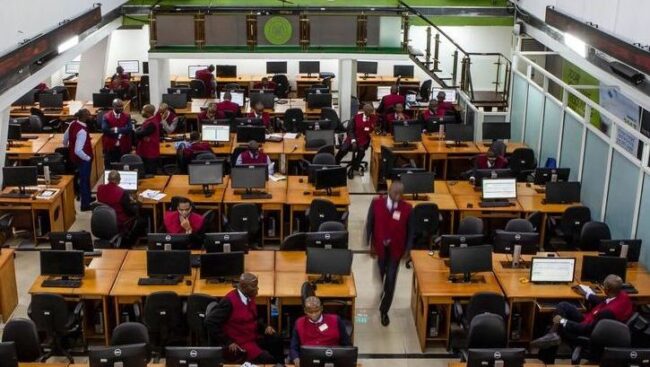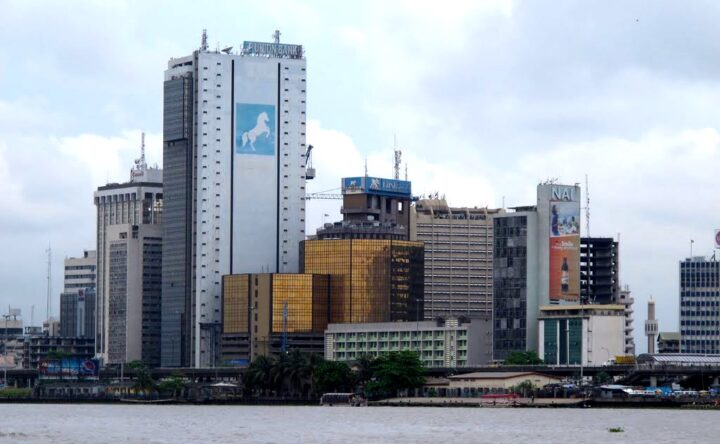The monetary policy committee of the Central Bank of Nigeria (CBN) at the end of its two-day meeting agreed to lower the benchmark monetary policy rate (MPR) for the second time in the year.
Specifically, it reduced the MPR by 100bps to 11.5 percent, its lowest level since February 2016.
Here are some implications.
MPR is the interest rate at which CBN lends to commercial banks, it is the benchmark against which other lending rates in the economy are pegged and is used as an instrument to moderate inflation in the economy.
Advertisement
A lower rate is aimed at encouraging banks to extend more credit to the real sector of the economy, however, going forward, a major concern for lenders in the country would be issues around asset quality and systemic risk, given the present frail macro-economic conditions.
The constraints to growth are largely structural, driven by FX shortages, import bans, and other CBN policies aimed at limiting FX demand.
Also, given the historical ineffectiveness of the MPR in stimulating output and the negative impact of the pandemic on household income, the new MPR may not have a significant impact on domestic credit or aggregate demand.
Advertisement
The committee also widen the asymmetric corridor around the MPR to +100/-700bps, the first since March 2016, retaining the cash reserve ratio (CRR) at 27.5percent and liquidity ratio at 30 percent.
This adjustment in the asymmetric corridor around the MPR reinforces the dovish stance of the MPC given that banks can lend from the CBN at a lower rate of 12.5 percent from 14.5 percent and at the same time disincentive banks from keeping excess liquidity with the CBN given the reduction in the standing deposit facility (SDF) rate to 4.5 percent from 7.5 percent.
This is a more aggressive approach in bringing down the lending rate to stimulate credit creation in the economy.
The new adjustments mean banks can now access funds cheaply at the CBN’s lending windows through the standing lending facility window.
Advertisement
For investors, yields on treasury bills will continue to trade at low-single digits while bond yields are likely to further reduce.
However, for the equities market this will be positive, as pressure on the money and bond market yields will increase participation of domestic investors in the stock market, public companies will also access cheap capital at the fixed income market, reducing pressures on their bottom line.
The negative real return will continue to widen as interest rates remain depressed compared to mounting inflation. This is also negative for foreign capital flows into the country.
Advertisement






